Yes, the account receivable is a sub ledger account. It is an account that is used to record the payment history of each and every customer to whom the business has sold goods or provided services on credit. Accounts receivable represent the amount that the customers owe to the business with respectRead more
Yes, the account receivable is a sub ledger account. It is an account that is used to record the payment history of each and every customer to whom the business has sold goods or provided services on credit.
Accounts receivable represent the amount that the customers owe to the business with respect to the goods sold or services provided to them on credit. They are also known as trade receivable or debtors.
The accounts receivable subledger shows various details of every transaction like the invoice number, amount due, date of payment, discount allowed etc. The subledger accounts are also known as the subsidiary accounts.
Difference between general ledger and subledger accounts
Here is a list of the major differences between sub-ledgers and the general ledger:
- The subsidiary accounts or the sub ledger are a subset of the general ledger. In other words we can say that subsidiary accounts are a part of the general ledger.
- The trial balance is prepared with the help of the general ledger and not with the help of subsidiary accounts.
- The trial balance is prepared with the help of the general ledger and not with the help of subsidiary accounts.
- The subledger accounts help us to store large volumes of data. They provide us with detailed and comprehensive analysis of each item of financial statements. On the other hand, a general ledger provides us with superficial information about every item in one place.
Importance/ use of Subsidiary Account
The usefulness of an accounts receivable sub ledger account lies in the fact that it provides detailed information about the money different customers owe to the business.
For example, the general ledger account may show that the total balance of trade receivable is 1 lakh without indicating the individual amount that each customer owes to the business. The subsidiary account can help us by showing that customer A owes 50000 rupees, customer B owes 30000 rupees while customer C owes 20000 rupees.
In short, the subsidiary accounts provide detailed information about each and every transaction. They help us to find useful information quickly and easily. They help us analyze the business policies and take corrective actions.
Thus, we can conclude that accounts receivable is a subledger account that provides us detailed information about the various credit transactions and the amount that each customer owes to the business. It helps us analyze our credit policies and take corrective actions. It helps us identify and classify bad debts as such on
See less


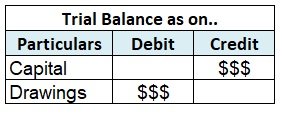

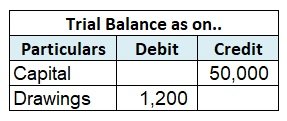



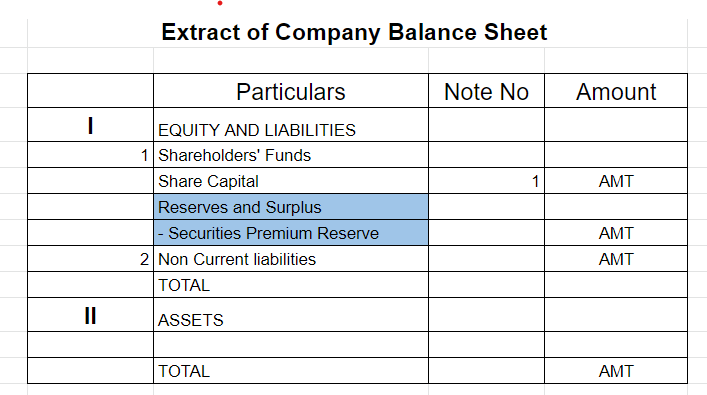
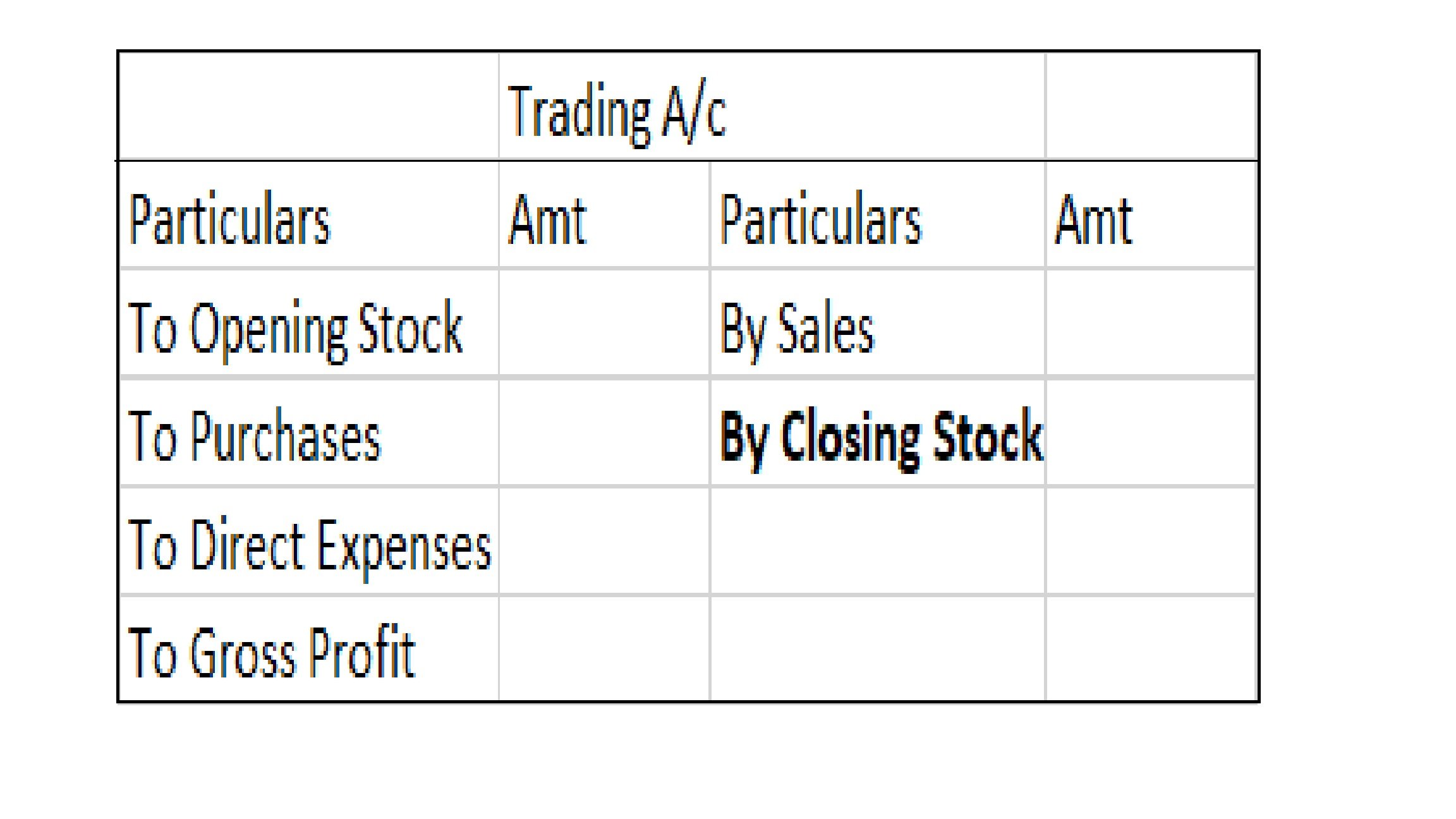
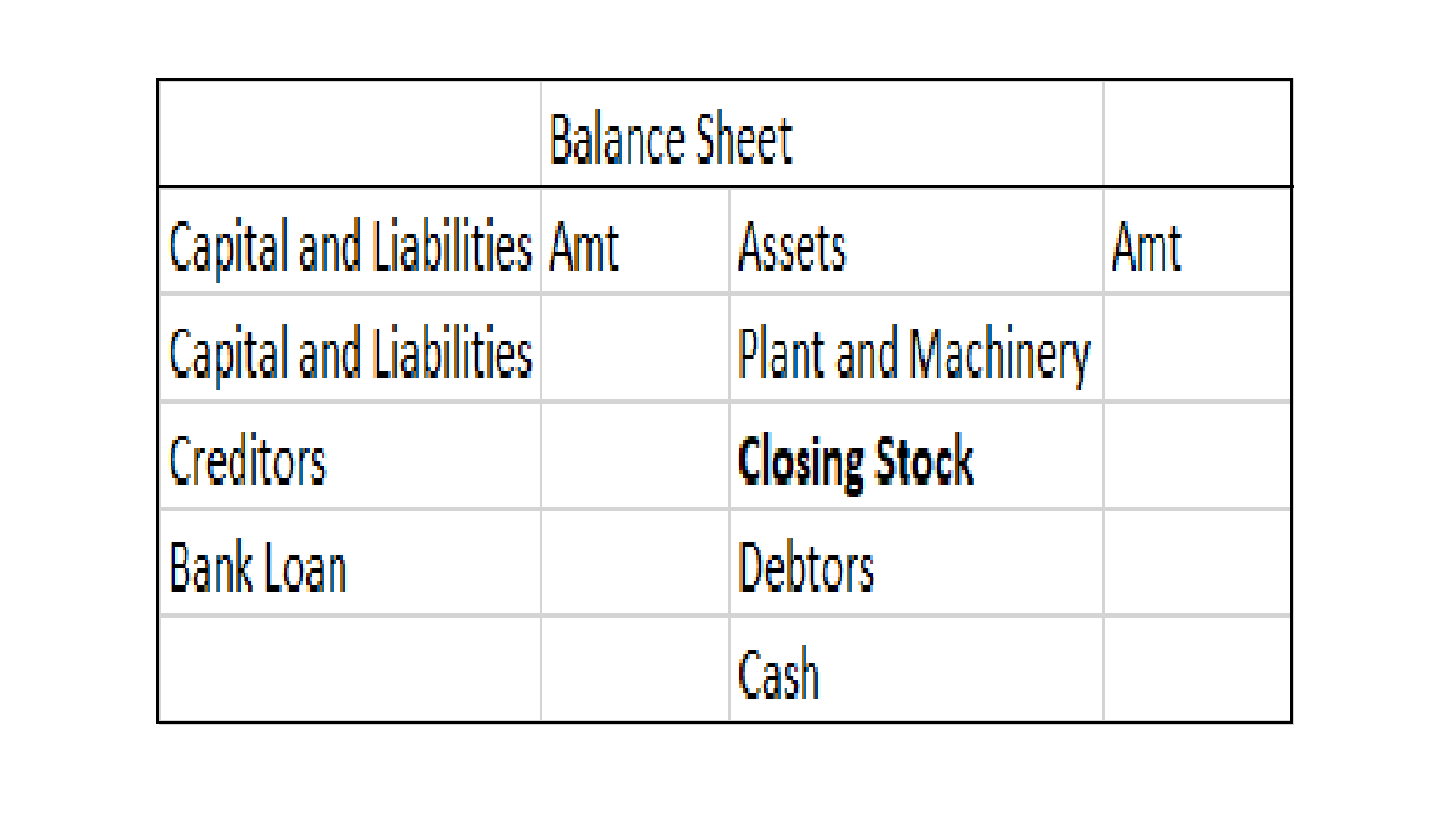

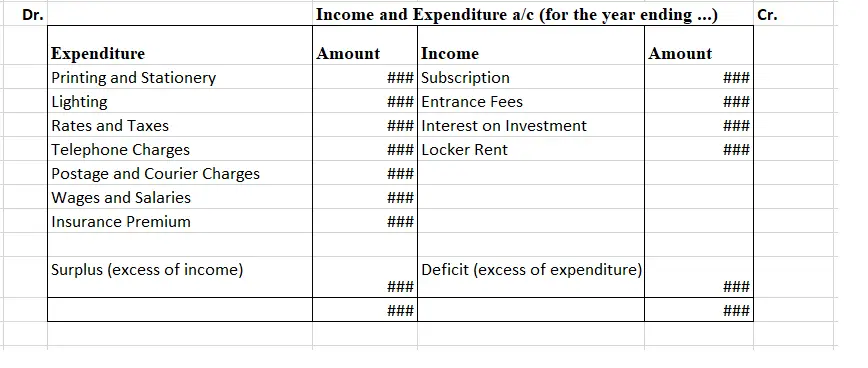
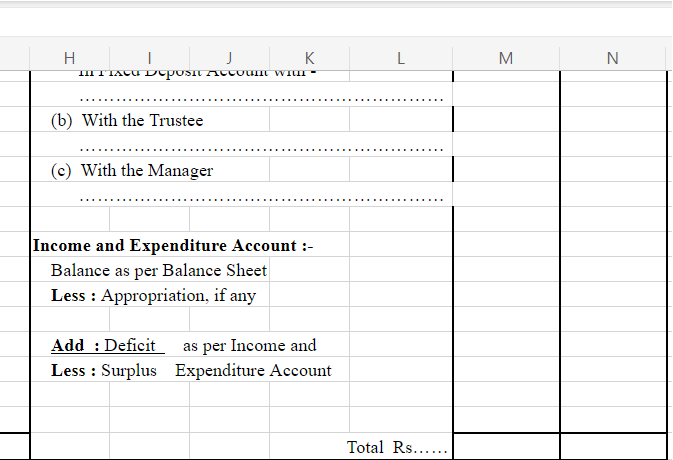

Types of Partnership A partnership is an agreement between two or more people who comes together to run a business. There are different types of partnerships formed with different perspectives as mentioned: General Partnership Limited Partnership Limited Liability Partnership Partnership at will ParRead more
Types of Partnership
A partnership is an agreement between two or more people who comes together to run a business.
There are different types of partnerships formed with different perspectives as mentioned:
General Partnership
Limited Partnership
Limited Liability Partnership
Partnership at will
Partnership for a fixed term
General Partnership
It refers to the partnership where all partners actively manage the business and have unlimited legal liability. Generally, all the partners share equal profit and loss in the business and are also equally liable for the outsider’s loan.
All the partners are responsible for the business’s day-to-day operations and managerial responsibility.
If the partners decided to share profit and loss in any other ratio (unequal ratio), then they have to disclose this in a agreement called a partnership deed.
In this, debts are equally borne by selling the partners assets of all the partners. In case of dissolution, if the partnership firm has taken a loan from outsiders and does not have sufficient funds to repay the amount then the payment can be done by selling the partner’s personal property.
It can be formed by signing the partnership agreement that would be proved as evident in case of disagreement among partners. For instance, if any partner dies or leaves the firm then they should follow the content of the agreement.
A general partnership does not pay the tax instead the partners personally report their income tax return.
Limited Partnership
In a Limited partnership, all the partners contribute capital but not necessarily all of them manage the business.
The old partners add a new partner into the partnership to fulfill the financial needs of the business i.e. for capital. The rights of decision-making are issued to new partners on the basis of their contribution of capital. The new partner is not associated with day-to-day business activities. He /She is called a limited partner or silent partner.
The liability partner has limited liability to the extent of his capital. The personal assets of the limited partner can not be used for the payment of the firm’s liability.
Limited Liability Partnership
It is a more popular type of partnership in today’s world. To form an LLP you have to register under the Limited Liability Partnership Act, 2008.
In this, all the partners have limited liability to the extent of the capital investment in the business. The personal assets of the partners can not be used to discharge the liability of the partnership.
A Minimum of 2 partners are required to form an LLP. However, no maximum limit on a number of partners.
It has also some features of the company. It has a separate legal entity. The LLP can buy property in its own name and sue and be sued in its name.
LLPs are often formed by professionals like Chartered Accountants, doctors and Legal firms.
Features
Partnership at will
Partnership at will is a form of business where there is no fixed tenure of the partnership. That means there is no expiration of the partnership. But if the partnership is formed for a fixed duration and its period has expired and still continues then it will become a partnership at will.
Partnership for a fixed term
The partnership is created for a fixed duration of the interval. After the expiration of such duration, the partnership may come to an end.
If the partners share profit and loss even after the expiration of the duration of the partnership then it will become a partnership at will.
See less